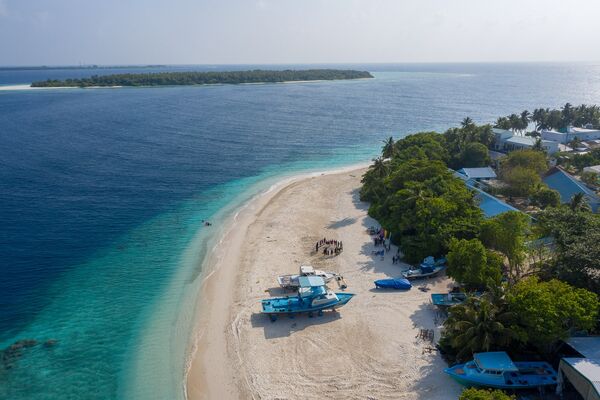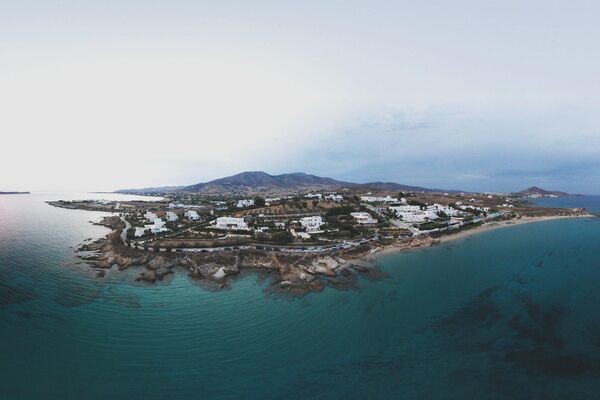Μια νέα προσέγγιση για την αντιμετώπιση της πλαστικής ρύπανσης
το Plastic Drawdown είναι σήμερα η πιο ολοκληρωμένη προσέγγιση για να κατανοήσουν οι κυβερνήσεις τις πλαστικές ροές απορριμμάτων και να βελτιστοποιήσουν τις πολιτικές για την αντιμετώπιση της θαλάσσιας ρύπανσης.
Η προσέγγιση αυτή περιλαμβάνει μια μεθοδολογία-σφήνα για τη στήριξη των υπευθύνων λήψης αποφάσεων για τον ταχύ εντοπισμό των βασικών πλαστικών ροών και τη βελτιστοποίηση και αποτελεσματική παρέμβαση πολιτικής για τη μείωση της ροής της θαλάσσιας πλαστικής ρύπανσης.
Plastic Drawdown helps governments identify which plastics to target, where they’re leaking into the environment and – given the resources available – how best to tackle them. It does this through three steps:
Step One:
Mapping and modelling a country’s plastic pollution
Step Two:
Matching a country’s plastic problem with the right solutions
Step Three:
Working with stakeholders to turn strategy into action
Step One:
Mapping and modelling a country’s plastic pollution
We identify which plastics are creating the most pollution in a country, and create a map of where, how, and in what volume plastic items leak out of the value chain and into rivers and seas. We then model the trajectory of that plastic leakage from today out to 2030.
Step Two:
Matching a country’s plastic problem with the right solutions
Drawing on an in depth understanding of policy and technical guidelines, we identify which portfolio of policy interventions will best tackle the problem plastics we’ve identified in the country we’re working with. We create a wedges-based output to show the potential drawdown of plastic to 2030.

Step Three:
Working with stakeholders to turn strategy into action
We create scenarios to help decision-makers visualise and co-create the most effective strategy for their country. We help them turn strategy into action by convening stakeholders, and identifying and implementing next steps - such as finding funding, partners and R&D opportunities
"Plastic Drawdown was critical in building the case for phasing out single-use plastics across the Maldives. The model gave the Maldivian Government the confidence to set an ambitious target to phase out single-use plastics by 2023, as announced by President Ibrahim Mohamed Solih at the UN General Assembly in 2019. Common Seas delivered not only solid evidence for what we could achieve, but also practical advice on how to achieve it.”
Ibrahim Hood
Spokesperson for the President
Plastic Drawdown in action
The model is highly adaptable. So far, it has been used to:
Deliver national strategy, providing the evidence needed to commit to and meet ambitious plastic mitigation targets.
Evaluate plastic mitigation policies, showing their relative strengths and weaknesses, and to visualise their impact over time.
See our work in the UK
Focus and align investment, attracting the funders necessary to deliver circular economy solutions at scale.
Co-create technical assistance projects with governments across the Commonwealth Clean Ocean Alliance.
See our work with CCOA
Support collaboration with like-minded partners to Break the Plastic Wave.



















